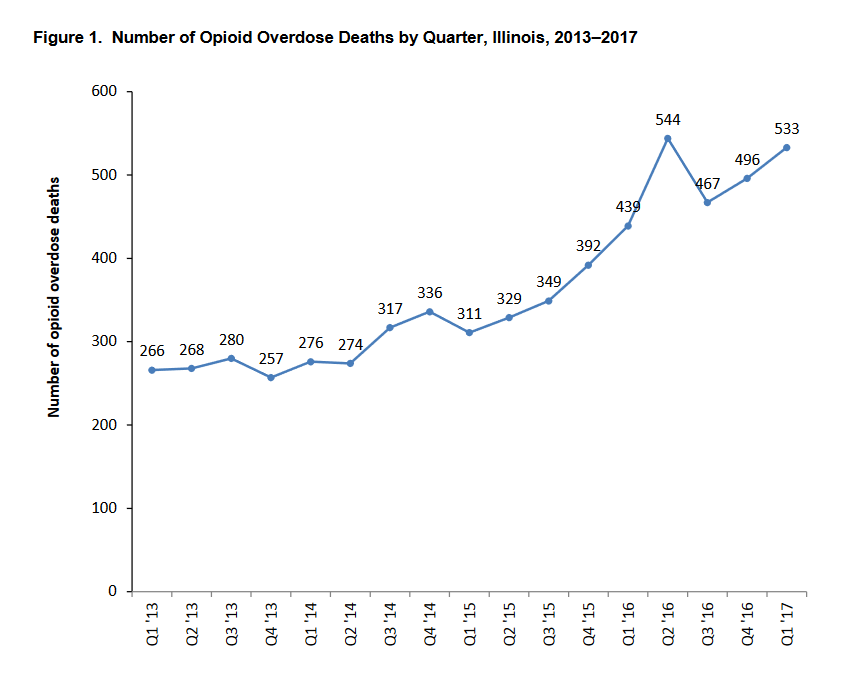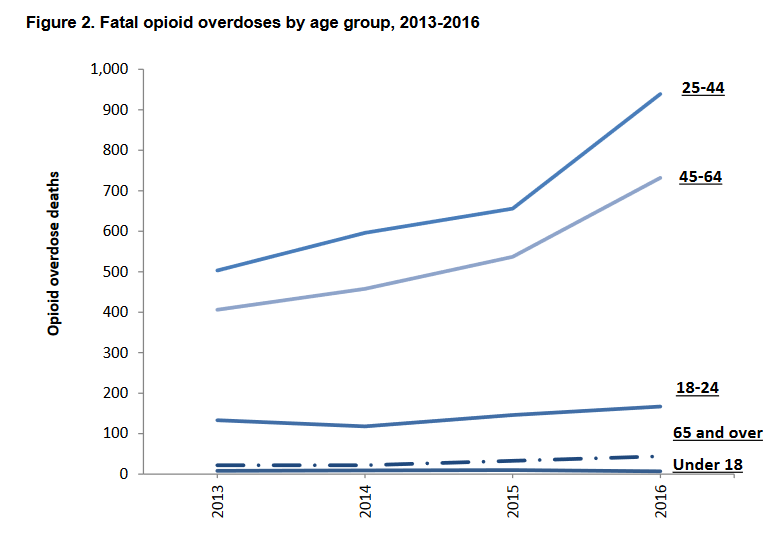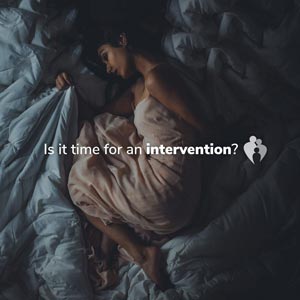Finding Rehab and Addiction Treatment Programs in Illinois
At Intervention Helpline, we focus on family when we help our clients with intervention and addiction help. With every addiction case, family is a pivotal point where the substance abuse and addiction lives. Not because the family caused the substance abuse problems or did anything wrong, per se; but because an individual’s choice to continue or to quit using drugs and alcohol hinges on family.
The family can be the deciding factor on whether or not a loved one agrees to start the hard work of recovering from addiction. Addiction recovery begins with the family, and our help to families begins with assessment and family interventions.
With the combined experience and expertise of our certified Illinois professional interventionists, we help families to find drug rehabs and addiction treatment programs in Illinois or across the country to suit the unique needs of the individual. It is so very important that families find an addiction treatment program that fits the needs of their loved one.
We can’t tell you how many families have lost the lives of their loved ones because the addiction treatment program chosen DID NOT meet the needs of the addict. Choosing a rehab program for someone you care for should not be done at random; you need the guidance of someone who is familiar with the industry, treatment practices, and has vetted the treatment program.
As a part of our addiction case management and intervention services, Intervention Helpline’s certified interventionists will present to the family the options for addiction treatment in Illinois or preferred locations. We only suggest rehab programs that we have personally vetted, that we believe will best suit your loved one’s recovery needs, and will offer the best chance at addiction recovery success that lasts a lifetime.










 All Rights Reserved |
All Rights Reserved |